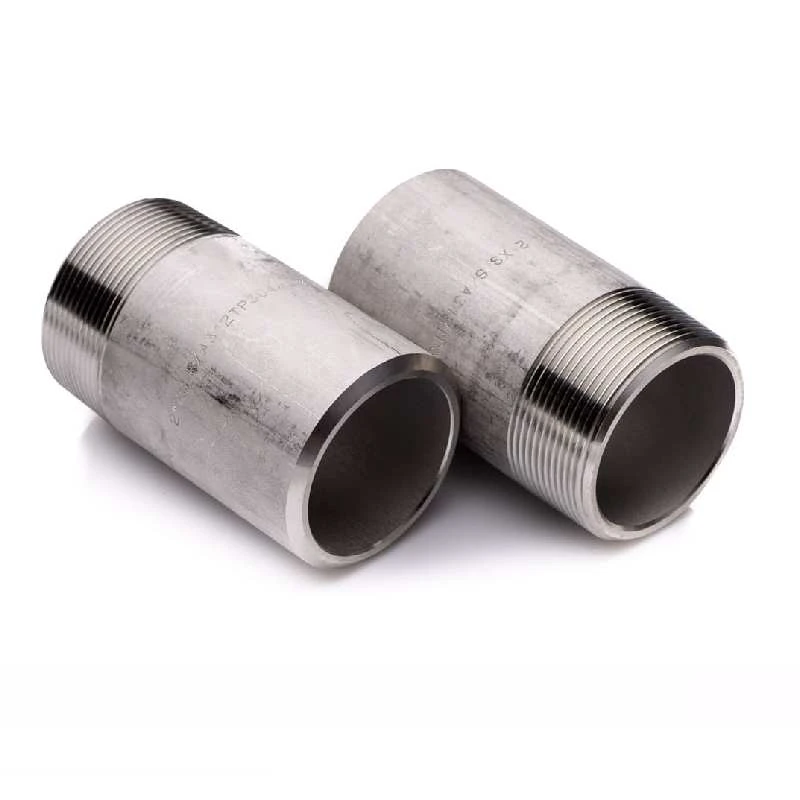-
Cangzhou Yulong Steel Co., Ltd.
-
Phone:
+86 13303177267 -
Email:
admin@ylsteelfittings.com
- English
- Arabic
- Italian
- Spanish
- Portuguese
- German
- kazakh
- Persian
- Greek
- French
- Russian
- Polish
- Thai
- Indonesian
- Vietnamese
- Zulu
- Korean
- Uzbek
- Hindi
- Serbian
- Malay
- Ukrainian
- Gujarati
- Haitian Creole
- hausa
- hawaiian
- Hebrew
- Miao
- Hungarian
- Icelandic
- igbo
- irish
- Japanese
- Javanese
- Kannada
- Khmer
- Rwandese
- Afrikaans
- Albanian
- Amharic
- Armenian
- Azerbaijani
- Basque
- Belarusian
- Bengali
- Bosnian
- Bulgarian
- Catalan
- Cebuano
- China
- China (Taiwan)
- Corsican
- Croatian
- Czech
- Danish
- Esperanto
- Estonian
- Finnish
- Frisian
- Galician
- Georgian
- Kurdish
- Kyrgyz
- Lao
- Latin
- Latvian
- Lithuanian
- Luxembourgish
- Macedonian
- Malgashi
- Malayalam
- Maltese
- Maori
- Marathi
- Mongolian
- Myanmar
- Nepali
- Norwegian
- Norwegian
- Occitan
- Pashto
- Dutch
- Punjabi
- Romanian
- Samoan
- Scottish Gaelic
- Sesotho
- Shona
- Sindhi
- Sinhala
- Slovak
- Slovenian
- Somali
- Sundanese
- Swahili
- Swedish
- Tagalog
- Tajik
- Tamil
- Tatar
- Telugu
- Turkish
- Turkmen
- Urdu
- Uighur
- Welsh
- Bantu
- Yiddish
- Yoruba

Oct . 04, 2024 23:30 Back to list
Bending One Inch Stainless Steel Tubing Techniques and Tips for Efficiency and Precision
Bending 1 Inch Stainless Steel Tubing Techniques and Considerations
Stainless steel tubing is widely used in various applications due to its durability, corrosion resistance, and aesthetic appeal. Bending 1-inch stainless steel tubing, in particular, requires a careful approach to ensure that the material maintains its integrity and achieves the desired shape. This process is critical in industries such as automotive, construction, and manufacturing, where precise bends and robust materials are essential.
Bending 1 Inch Stainless Steel Tubing Techniques and Considerations
The second consideration is the bending method. There are several techniques for bending stainless steel tubing, including mandrel bending, press bending, and rotary draw bending. Mandrel bending is often preferred for 1-inch tubing because it allows for sharper bends without collapsing the tube. The mandrel, a support rod inserted into the tube, helps maintain its shape throughout the bending process, thereby reducing the risk of wrinkles or deformities.
bending 1 inch stainless steel tubing

Another critical aspect is the wall thickness of the tubing. Thicker walls may require more force and specific equipment to achieve the desired bend without compromising the material's structural integrity. Consequently, it’s essential to account for both the diameter and wall thickness when selecting bending tools. Using the wrong tools or techniques can lead to issues such as kinks, ovalization, or material fatigue.
Temperature also plays a significant role in bending stainless steel. In other materials, heat can be used to soften the metal for easier bending, but with stainless steel, it’s typically better to bend it at room temperature to avoid changes in material properties that could compromise strength. However, some professionals may use controlled heating methods to facilitate the process when dealing with larger diameters or more complex shapes.
Finally, post-bending treatments are necessary to ensure the longevity and appearance of the tubing. After bending, it may be necessary to remove any oxide layers formed during the process, especially if the tubing will be subjected to harsh environments. Techniques such as passivation can enhance corrosion resistance and extend the lifespan of the tubing.
In conclusion, bending 1-inch stainless steel tubing involves careful considerations of material properties, bending methods, wall thickness, temperature, and post-bending treatments. By understanding these factors, professionals can achieve high-quality bends that meet the specific requirements of their applications while ensuring the durability and integrity of the stainless steel tubing.
Latest news
-
ANSI 150P SS304 SO FLANGE
NewsFeb.14,2025
-
ASTM A333GR6 STEEL PIPE
NewsJan.20,2025
-
ANSI B16.5 WELDING NECK FLANGE
NewsJan.15,2026
-
ANSI B16.5 SLIP-ON FLANGE
NewsApr.19,2024
-
SABS 1123 FLANGE
NewsJan.15,2025
-
DIN86044 PLATE FLANGE
NewsApr.19,2024
-
DIN2527 BLIND FLANGE
NewsApr.12,2024
-
JIS B2311 Butt-Welding Fittings LR/SR 45°/90° /180°Seamless/Weld
NewsApr.23,2024











